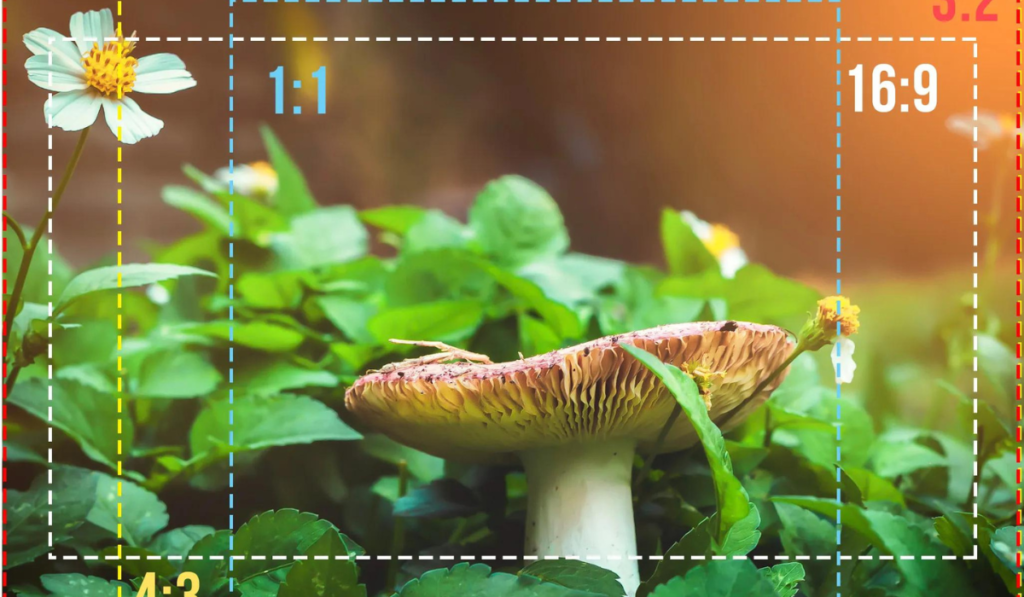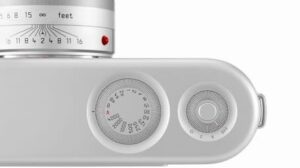Understanding Aspect Ratio in Photography: A Comprehensive Guide

An introduction:
Photography relies heavily on understanding aspect ratios to capture and present images effectively. Composing the perfect shot and preparing images for different platforms both require an understanding of aspect ratio. It provides practical tips for adjusting and managing aspect ratios in various contexts, discusses challenges associated with aspect ratios, and explores common aspect ratios in photography and film.
Definition of Aspect Ratio:
The aspect ratio is a measure of the proportion between an image’s width and height, which is important to print sizes, display considerations, and overall photographic processes. The dimensions of an image are expressed as two numbers separated by a colon (width:height).
The following are common aspect ratios in photography:
Aspect ratios in photography serve a variety of purposes and preferences:
-
The aspect ratio of 35mm film is commonly used by DSLRs and mirrorless cameras.
-
The width and height are equal, forming a square, often seen in smartphone cameras and medium-format cameras.
-
Micro Four Thirds and point-and-shoot cameras use this format.
-
In medium- and large-format cameras, it aligns well with 8″ x 10″ prints.
-
Due to its elongated width, it is widely used in panoramic photography.
Film Aspect Ratios:
Various formats of film have different aspect ratios than photography:
-
Standard-definition video (4:3), high-definition video (16:9), and common cinema ratios (1.85:1 and 2.39:1) are discussed.
-
Emphasis is placed on the aspect ratios used in “Oppenheimer,” which raises the question as to what is the “correct” viewing experience.
Aspect Ratio Changes:
This article provides insights into modifying aspect ratios in-camera and during post-processing by emphasizing flexibility and convenience.
Aspect Ratio Challenges:
It is challenging to print and display images when considering aspect ratios:
-
Considerations for printing images with different aspect ratios, including cropping challenges and border preferences.
-
Recommendations for controlling cropping to maintain visual integrity when matching images to various display sizes and aspect ratios.
In conclusion:
Composition, presentation, and visual impact are influenced by aspect ratios in photography. It is possible for photographers to enhance their creative output and communicate their vision more effectively by understanding common aspect ratios, navigating challenges, and utilizing tools for resizing. For mastering the art of photography, you must experiment with different aspect ratios and be conscious of their effects.



